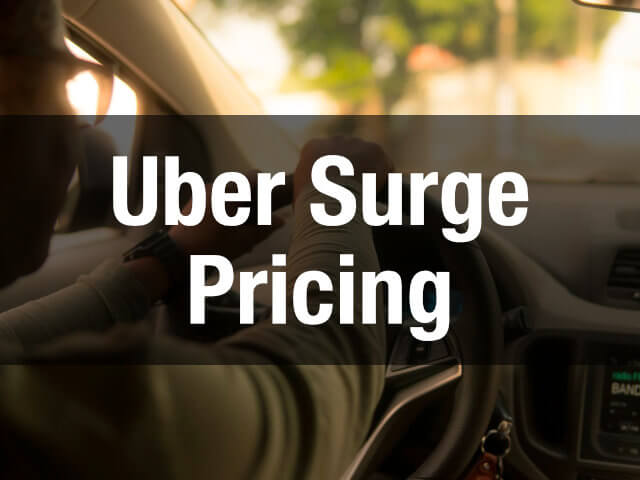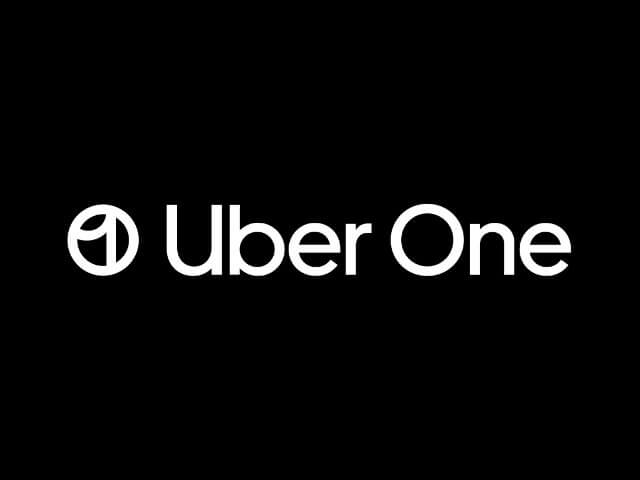Uber Surge Pricing
Whenever there are more riders than drivers on the road, surge pricing takes effect in order to bring the demand and supply ration back into balance.
What is Uber Surge Pricing
Surge pricing helps Uber ensure that there are enough drivers available for everyone who needs a ride, particularly during high demand periods such as rush hour, special events or bad weather days.
How to Avoid Surge Pricing
In order to beat Uber’s surge pricing and avoid paying too much on your next ride, we’ve identified four tips for you:

1. Time Your Uber Right
Surge pricing applies during rush hour, high demand, bad weather, and the end of big events. Waiting a few minutes until demand has stabilized has the potential to save you money on your UberX ride.
The rush hour typically occurs between 7 a.m. to 9 a.m. and 4 p.m. to 6 p.m. Nonetheless, if there's an event or activity around your location, the peak hours may shift to coincide with the start and end times of this event, concert, festival or game.
2. Download the Uber Driver App
By downloading the Uber driver app, you can check which areas of the city have surge pricing, and then walk to another location that is not experiencing surge pricing. Switching to your Uber rider profile then makes it possible to get a cheaper ride.
3. Buy an Uber One Pass
Uber One Pass is a subscription service that gives riders discounts on fares and priority pickup options. By signing up for this service ahead of time, you may be able to get a small discount when prices are surging.

4. Try Another Ridesharing App
Check out Lyft or other ridesharing apps to compare pricing and potentially save money on your rides. It's worth checking each app regularly for pricing differences.
By taking proactive steps like those mentioned or by using Uber promotion codes, you can take advantage of the conveniences of ridesharing while saving money and avoiding surge pricing.
How surge pricing works
Surge pricing is a system that prompts prices to increase when there is a higher than normal demand for Uber rides.
Typically, surge pricing applies during the busiest times of the day or in a particular area, when there aren't enough drivers available to fulfill all the ride requests.
At such times, the riders are notified about the increase in the rates via the Uber app.
The surge price often ranges from 1.0x to 2.0x or 3.0x while the service fee percentage remains unchanged.
Based on the trip demand, that surge multiplier value will increase, so the riders have the option to either pay the extra amount, or wait until the surge pricing goes down before requesting a ride.
How are surge prices calculated?
Surge pricing varies by city and location, depending on the level of ride demand. In some areas, surge pricing will have a distinct surge amount tagged onto the standard rates rather than a multiplier.
On the Uber offer card, the surge amount can be viewed, either as an additional amount or incorporated as a part of the upfront fare.
Riders should keep in mind that surge pricing can vary quickly, meaning that a neighborhood may experience surge pricing when other areas don't.
Therefore, it is recommended that if riders are looking for a cost-effective option, they should try moving to an area with a lower surge price while waiting for prices to stabilize.
If you don't like surprises, feel free to use our Uber fare estimate tool to calculate the estimated fare from your location to your destination.
How to identify surge in the app
Surge pricing is displayed on the rider's Uber app in the form of a colored area on the map that changes according to the surge multiplier.
The colored areas range from light orange, indicating a smaller amount of surge pricing, to dark red, indicating a significant surge.
This way, the riders can easily identify whether surge pricing applies to their area or not.
Understanding surge pricing can help riders make informed decisions about when to book their rides and how to optimize their ride experience.
By planning ahead and choosing the right time and location, riders can minimize the chances of experiencing surge pricing, thereby saving money on their rides.
Uber Low Battery Surge Pricing
Uber has been accused of increasing the estimated cost of trips for people with low phone batteries, according to a study by a Belgian newspaper.
However, Uber has denied that the level of charge remaining in phones determines the price of trips.
The ride-hailing app has previously faced criticism over its alleged use of customers’ battery levels to increase surge pricing, but it claimed its research had shown that customers with low batteries were more willing to pay surged rates.
Surge Pricing Meaning
Surge pricing is the pricing model used by ride-hailing services like Uber and Lyft to increase the cost of rides when the demand for rides exceeds the number of available drivers.
The surge takes effect during peak hours, special events or high-traffic locations, and it aims to encourage drivers to hit the road and pick up more passengers in response to the increased demand.
Riders are notified of surge pricing rates ahead of time, and they have the option to pay for the ride or wait until the multiplier drops.
Surge pricing fluctuates in real-time depending on demand and can help riders get a ride when they need it the most.